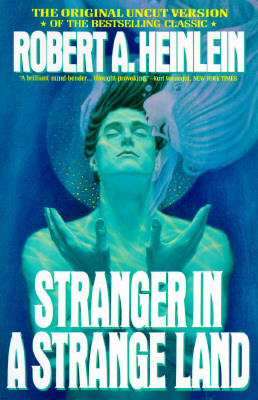Presenter: Kent Anderson, JBJS, Inc
Medicine 0.1: in dealing with the influenza outbreak of 1837, a physician administered leeches to the chest, James’s powder, and mucilaginous drinks, and it worked (much like take two aspirin and call in the morning). All of this was written up in a medical journal as a way to share information with peers. Journals have been the primary source of communicating scholarship, but what the journal is has become more abstract with the addition of non-text content and metadata. Add in indexes and other portals to access the information, and readers have changed the way they access and share information in journals. “Non-linear” access of information is increasing exponentially.
Even as technology made publishing easier and more widespread, it was still producers delivering content to consumers. But, with the advent of Web 2.0 tools, consumers now have tools that in many cases are more nimble and accessible than the communication tools that producers are using.
Web 1.0 was a destination. Documents simply moved to a new home, and “going online” was a process separate from anything else you did. However, as broadband access increases, the web becomes more pervasive and less a destination. The web becomes a platform that brings people, not documents, online to share information, consume information, and use it like any other tool.
Heterarchy: a system of organization replete with overlap, multiplicity, mixed ascendandacy and/or divergent but coextistent patterns of relation
Apomediation: mediation by agents not interposed between users and resources, who stand by to guide a consumer to high quality information without a role in the acquisition of the resources (i.e. Amazon product reviewers)
NEJM uses terms by users to add related searches to article search results. They also bump popular articles from searches up in the results as more people click on them. These tools improved their search results and reputation, all by using the people power of experts. In addition, they created a series of “results in” publications that highlight the popular articles.
It took a little over a year to get to a million Twitter authors, and about 600 years to get to the same number of book authors. And, these are literate, savvy users. Twitter & Facebook count for 1.45 million views of the New York Times (and this is a number from several years ago) — imagine what it can do for your scholarly publication. Oh, and NYT has a social media editor now.
Blogs are growing four times as fast as traditional media. The top ten media sites include blogs and the traditional media sources use blogs now as well. Blogs can be diverse or narrow, their coverage varies (and does not have to be immediate), they are verifiably accurate, and they are interactive. Blogs level that media playing field, in part by watching the watchdogs. Blogs tend to investigate more than the mainstream media.
It took AOL five times as long to get to twenty million users than it did for the iPhone. Consumers are increasingly adding “toys” to their collection of ways to get to digital/online content. When the NEJM went on the Kindle, more than just physicians subscribed. Getting content into easy to access places and on the “toys” that consumers use will increase your reach.
Print digests are struggling because they teeter on the brink of the daily divide. Why wait for the news to get stale, collected, and delivered a week/month/quarter/year later? People are transforming. Our audiences don’t think of information as analogue, delayed, isolated, tethered, etc. It has to evolve to something digital, immediate, integrated, and mobile.
From the Q&A session:
The article container will be here for a long time. Academics use the HTML version of the article, but the PDF (static) version is their security blanket and archival copy.
Where does the library as source of funds when the focus is more on the end users? Publishers are looking for other sources of income as library budgets are decreasing (i.e. Kindle, product differentiation, etc.). They are looking to other purchasing centers at institutions.
How do publishers establish the cost of these 2.0 products? It’s essentially what the market will bear, with some adjustments. Sustainability is a grim perspective. Flourishing is much more positive, and not necessarily any less realistic. Equity is not a concept that comes into pricing.
The people who bring the tremendous flow of information under control (i.e. offer filters) will be successful. One of our tasks is to make filters to help our users manage the flow of information.



